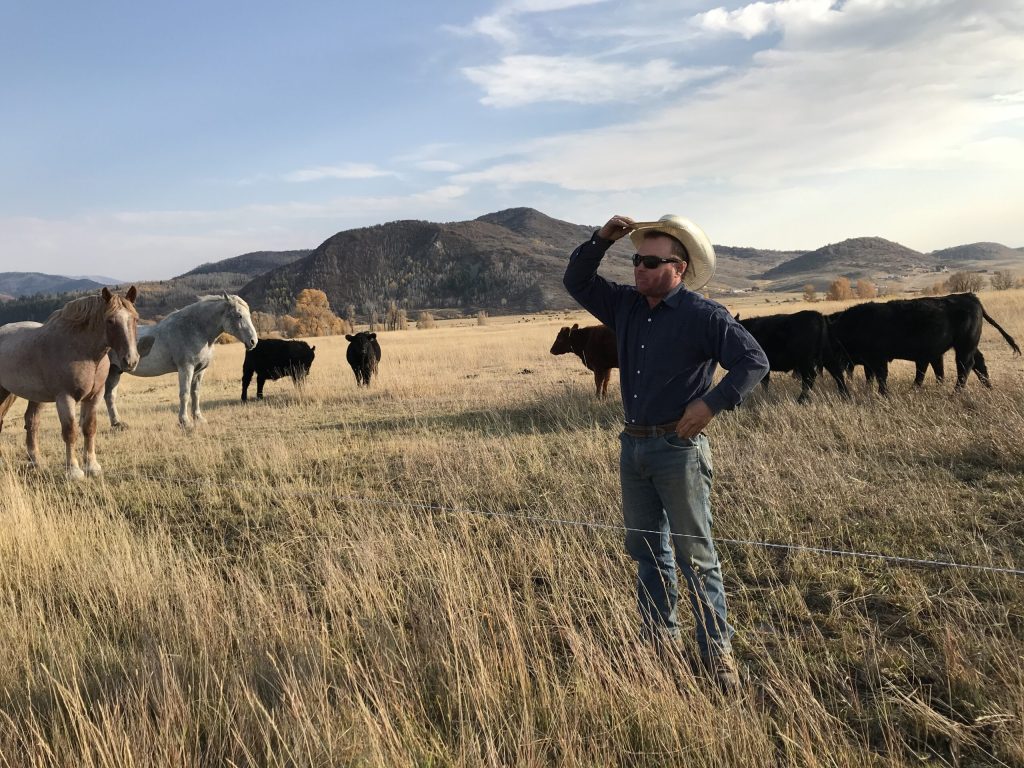WASHINGTON, D.C. – Ranchers and farmers hit by natural disasters going back to 2020 will start to see the last of $1.75 billion in disaster aid from USDA starting this week.
The Farm Service Agency will issue more than $581 million in 2021 and 2022 drought and wildfire emergency relief to eligible ranchers.
FSA is closing out the Emergency Livestock Relief Program (ELRP) for losses suffered in 2021, which were funded by ad-hoc disaster money for losses from 2020-2022. ELRP Phase Two payments are estimated at $115.7 million.
Ranchers who lost grazing acres due to drought and wildfire and received assistance through ELRP Phase One will soon receive an additional payment through ELRP Phase Two. This second payment will be equal to 20% of the 2021 gross ELRP Phase One payment. ELRP Phase Two payments to producers will be automatic with no application required. In April 2022, FSA staff processed more than 100,000 payments through ELRP Phase One and paid eligible ranchers more than $600 million for 2021 grazing losses.
In 2022, ranchers continued to experience significant loss of grazing acres due to drought and wildfire. To help mitigate these losses, eligible ranchers will receive ELRP disaster assistance payments for increases in supplemental feed costs. To expedite payments, determine producer eligibility and calculate the ELRP 2022 payment, FSA is using livestock inventories and drought-affected forage acreage or restricted animal units and grazing days due to wildfire already reported to FSA by ranchers when they submitted their Livestock Forage Disaster Program applications. ELRP payments for 2022 losses are estimated at $465.4 million and will be automatic with no application required.
ERP PHASE TWO
The biggest chunk of payments being sent out comes under Farm Service Agency’s Phase Two of the Emergency Relief Program (ERP). Closing out the ERP, USDA is paying out more than $1.17 billion in disaster payments to farmers who faced losses from natural disasters in 2020 and 2021. ERP Phase Two primarily supports farmers who grow crops not covered by federal crop insurance or FSA’s Noninsured Crop Disaster Assistance Program (NAP). The aid was primarily meant to target smaller producers of specialty crops.
ERP Phase Two had caused some initial complaints by producers because payments were based on IRS Schedule F income levels rather than crop insurance documents. Producers had to demonstrate their crop production and prices for those crops.
Earlier USDA had sent out $7.45 billion to more than 217,000 producers under the ERP Phase One to producers. Breaking down that $7.45 billion in payments already distributed, the top states for payments were: North Dakota at $1.16 billion, Texas at $917.8 million and South Dakota at $569.9 million.
There has been no announcement yet on the 2022 ERP program for growers with crop insurance. There was about $2 billion allocated for crop production. An announcement is expected soon.
While USDA is wrapping up disaster payments over the past three years, there are moves in Congress to provide ad-hoc disaster aid for natural disaster losses in 2023 but no legislation has been passed for such aid yet.













